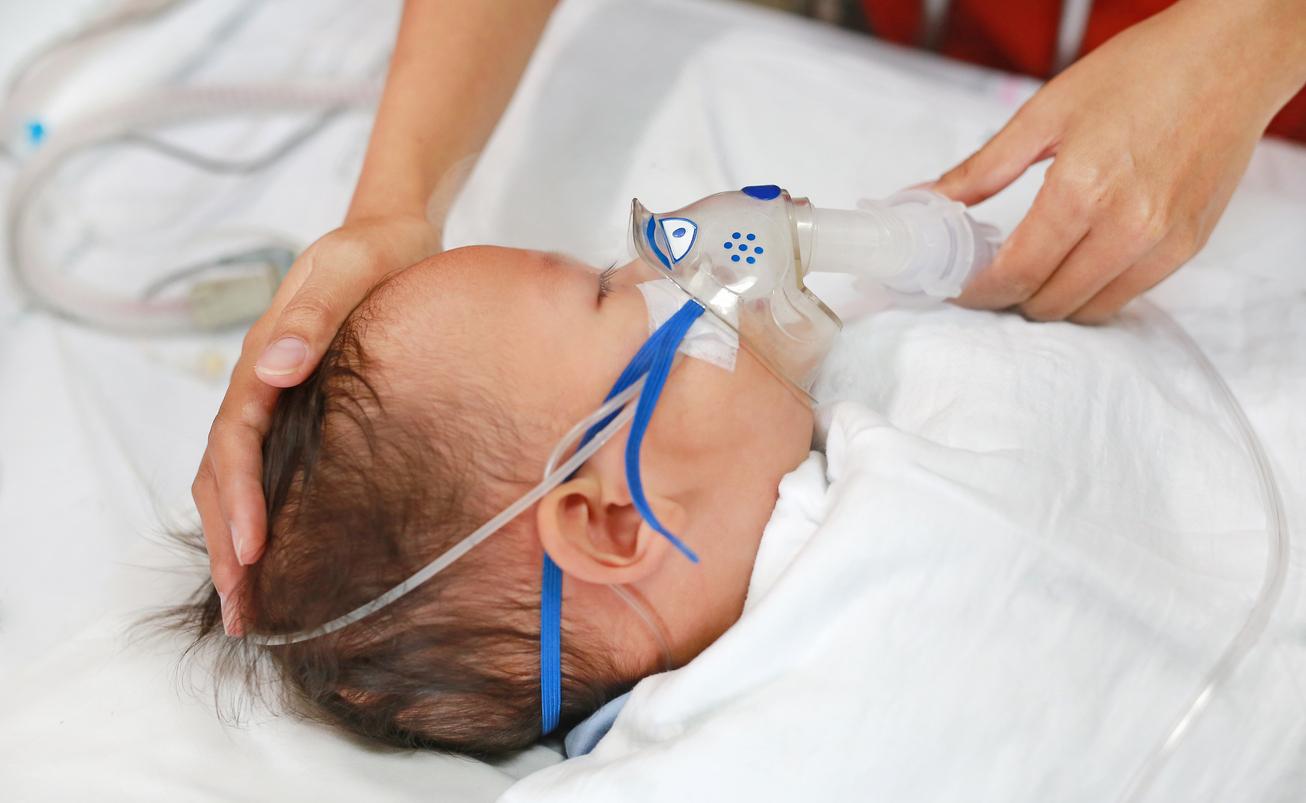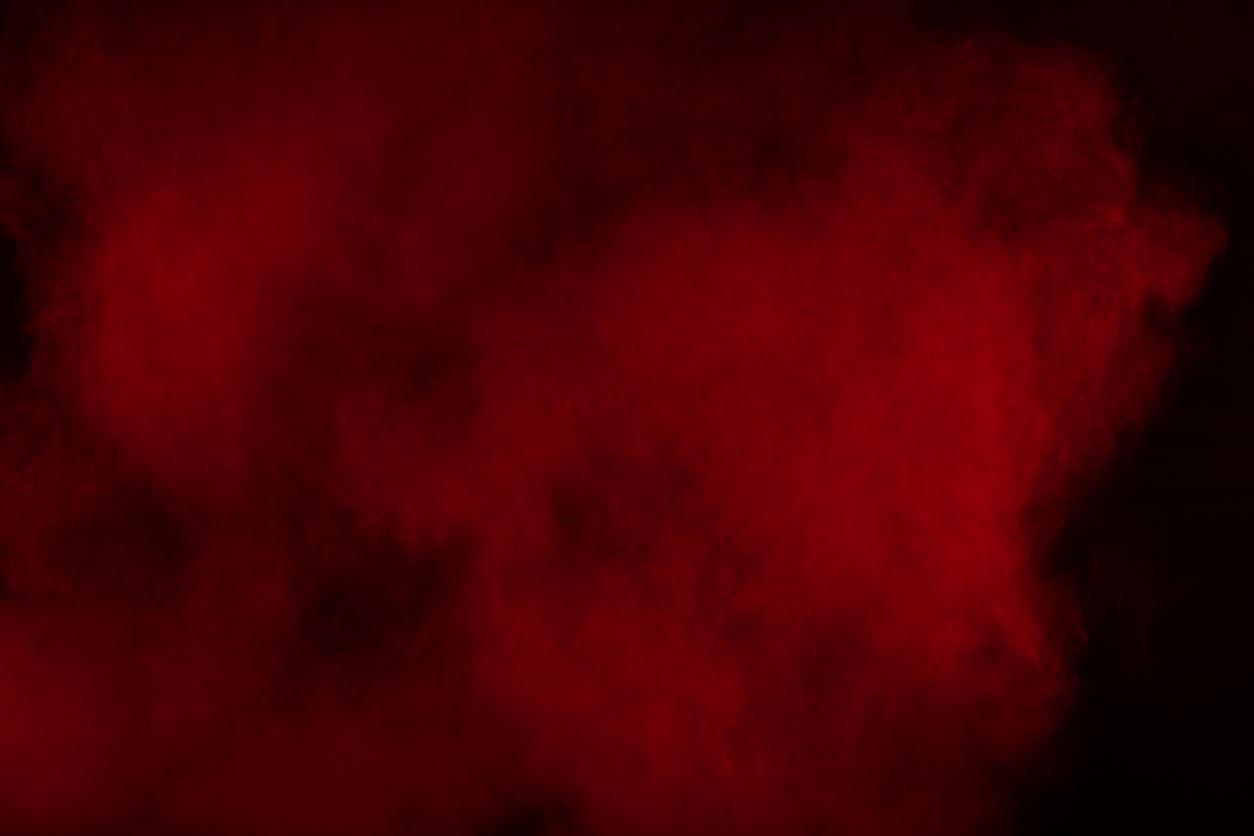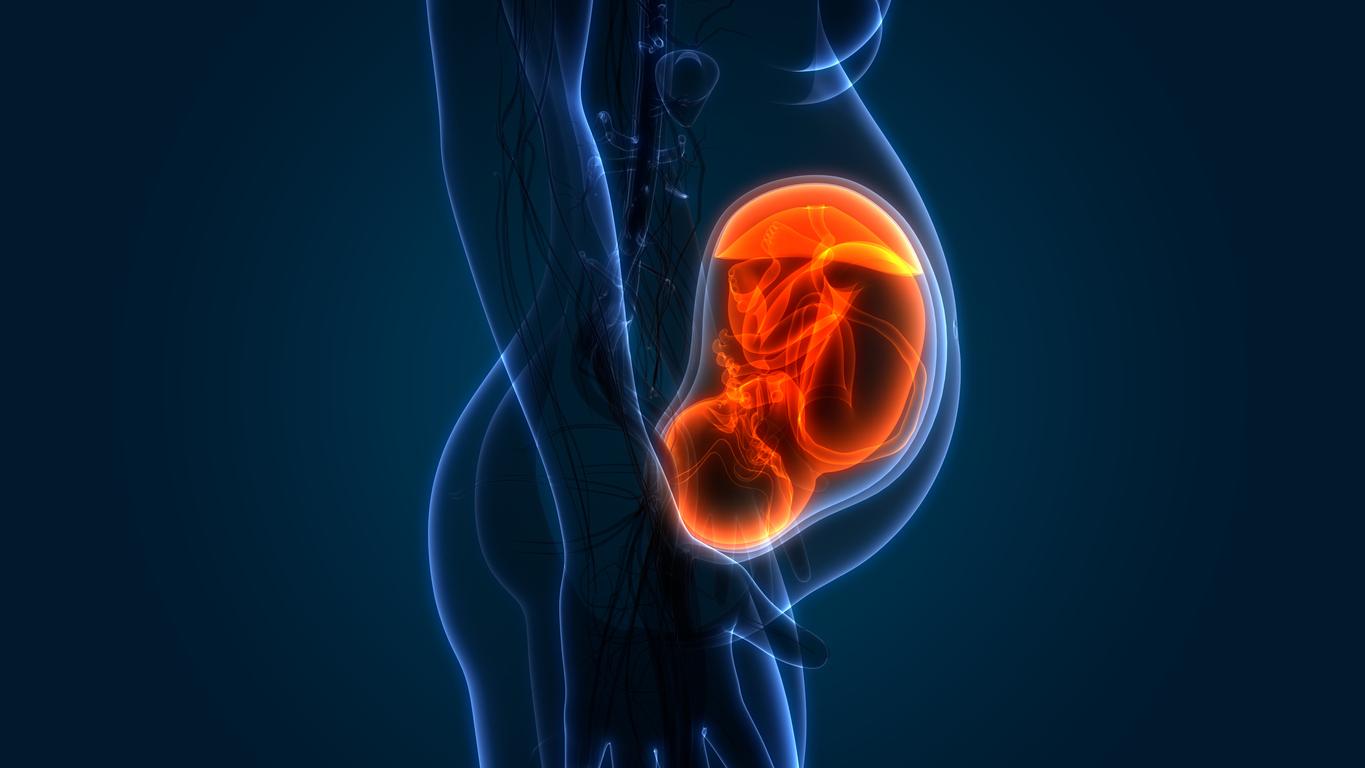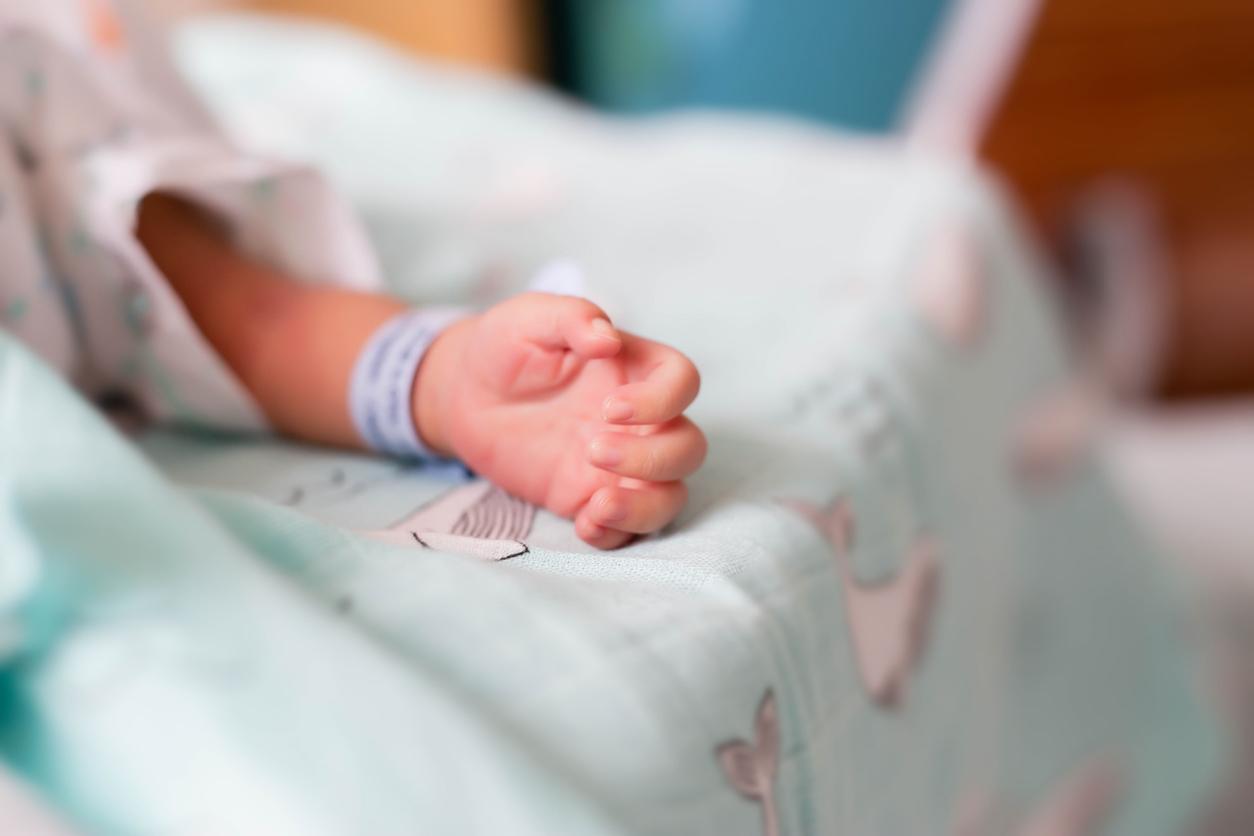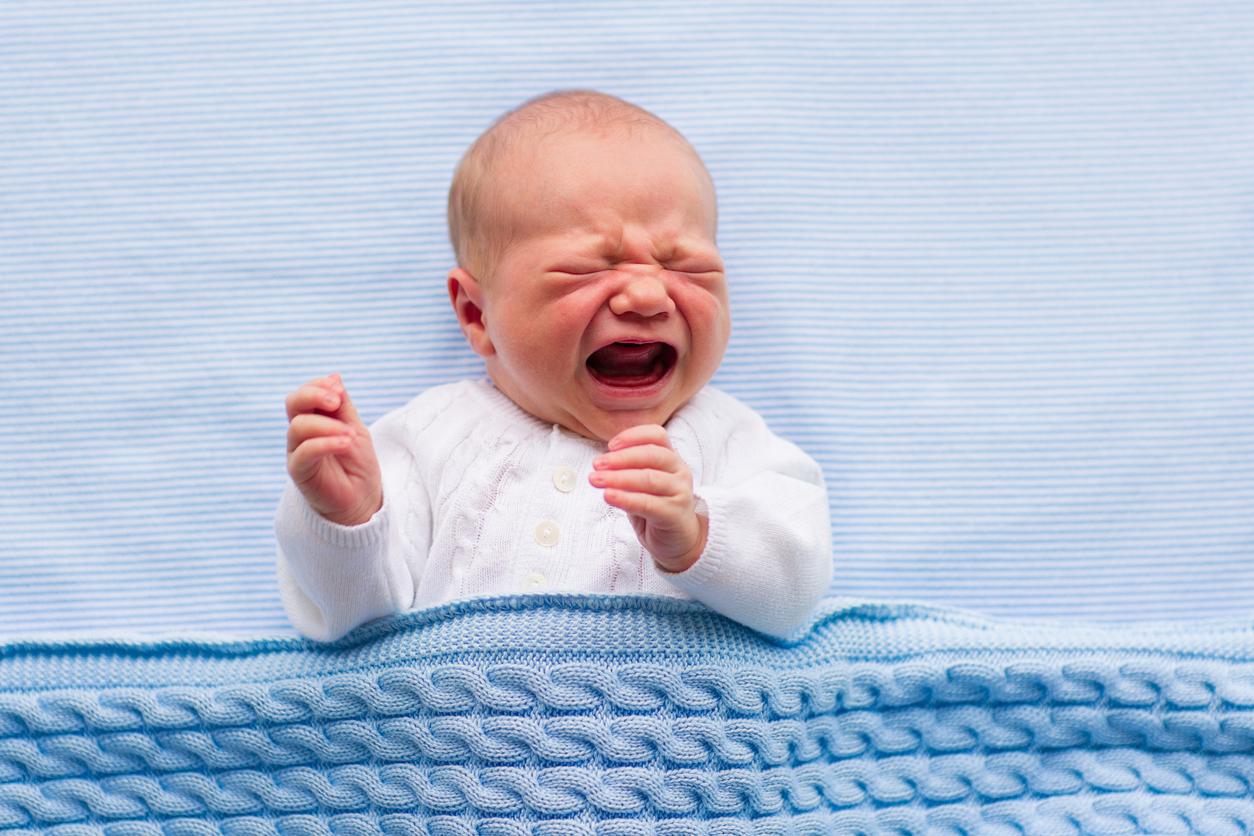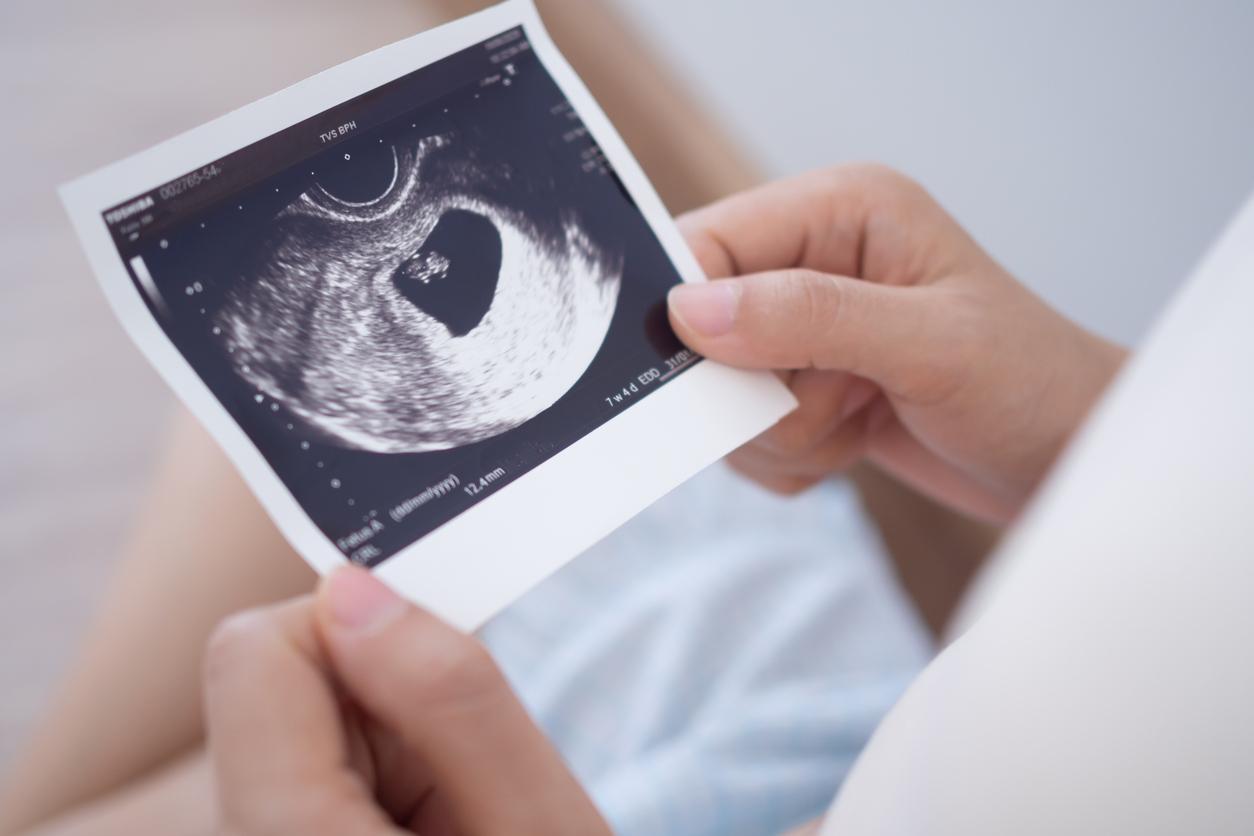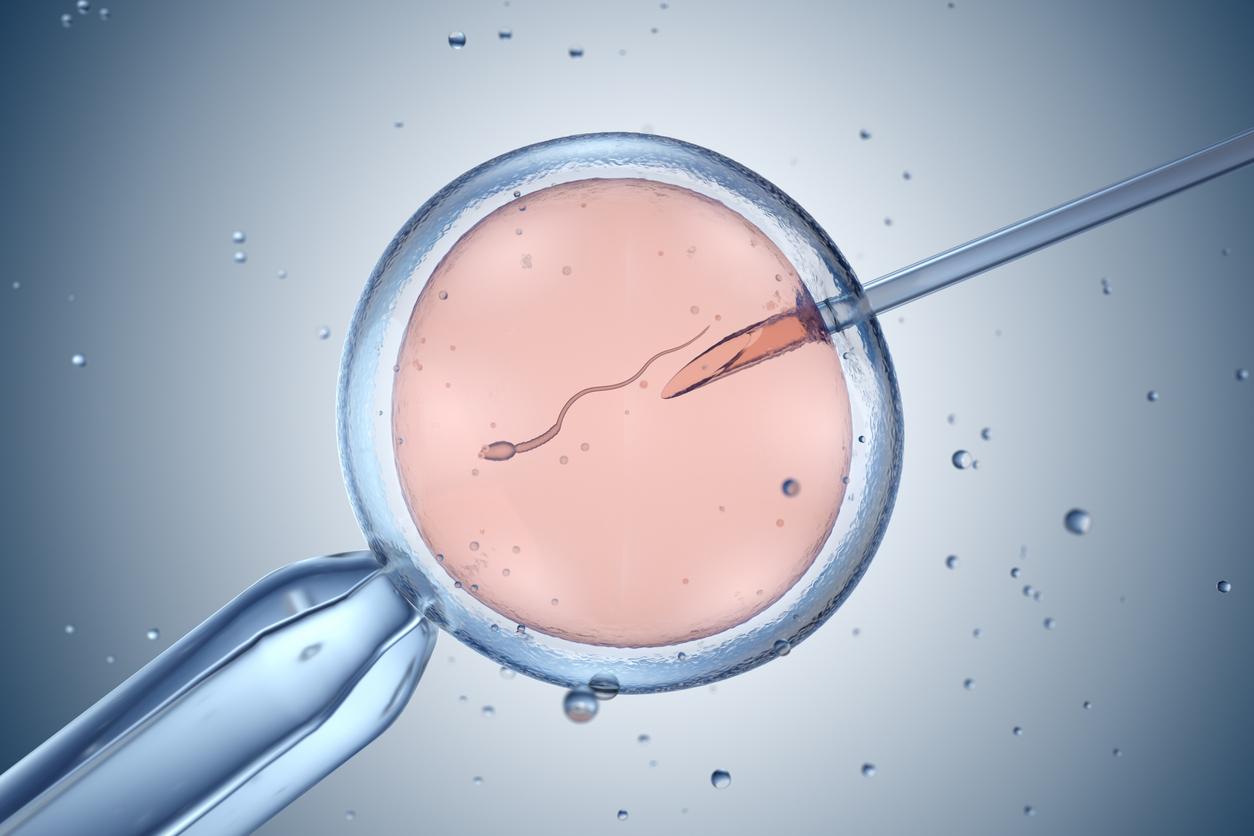For the first time, microplastics have been detected in human breast milk. Researchers are very concerned about the potential health effects of plastic particles on babies.

- Since 1950, 8.3 billion tonnes of plastics have been produced, half of them in the last fifteen years.
- Every week, we ingest an average of 5 grams of plastic, the equivalent of a credit card, according to the association Agir pour l’environnement.
- Microplastics have already been found in baby bottle milk, but also in human organs: blood, intestines, fetal placenta, in infants and in the faeces of adults.
Italian researchers warn of the presence of microplastics in breast milk. After analyzing samples from 34 healthy women in Rome, Italy, taken one week after giving birth, they detected microplastics in 75% of them. Among the substances, polyethylene, PVC and polypropylene, components present in many packaging, were found.
These are the results of a recent studypublished in July 2022 in the journal Polymers and recently relayed by The Guardian.
Although the impact of these chemicals on humans has yet to be fully researched, the researchers noted that previous studies have shown that microplastics cause toxic effects in laboratory animals, marine life , as well as on human cell lines.
Infants are particularly vulnerable to chemical contaminants
Indeed, plastics often contain harmful substances, such as phthalates. However, infants are particularly vulnerable to chemical contaminants, which worries researchers.
Scientists examined the diets of mothers to find out whether the consumption of foods and drinks in plastic packaging, seafood and the use of personal hygiene products containing plastic, were correlated with this presence of microplastics in breast milk. But they found no correlation, suggesting that theubiquity of microplastics in the environment “makes human exposure inevitable”according to the researchers.
However, further studies may identify particular risk factors in the future. This is why the authors of the study recommend that pregnant women avoid foods and drinks packaged in plastic, cosmetics and toothpaste containing microplastics, as well as clothing made of synthetic fabrics, as a precautionary measure.
The researchers were unable to analyze particles smaller than 2 microns and smaller plastic particles are likely to be present as well. Breast milk samples were collected, stored and analyzed without the use of plastics to exclude any risk of contamination.
Microplastics: they are also present in baby bottles
“It will be crucial to evaluate ways to reduce exposure to these contaminants during pregnancy and lactation”told the Guardian Dr. Valentina Notarstefano, from the Università Politecnica delle Marche, in Ancona, Italy. “But it must be emphasized that the benefits of breastfeeding far outweigh the harms caused by the presence of polluting microplastics. Studies like ours should not reduce breastfeeding in children, but rather raise awareness to put pressure on politicians to promote laws that reduce pollution”she added.
Indeed, previous research has shown that bottle-fed babies can ingest millions of microplastics every day. Last March, microplastics were also found in human blood by a team of Dutch researchers.
The authors of this new study insisted that these results were only preliminary evidence of the presence of microplastics in breast milk and that further research with a larger number of samples and different methods was needed. required “urgently” to confirm this and to find out what impact microplastics could have on the health of breastfed infants.









